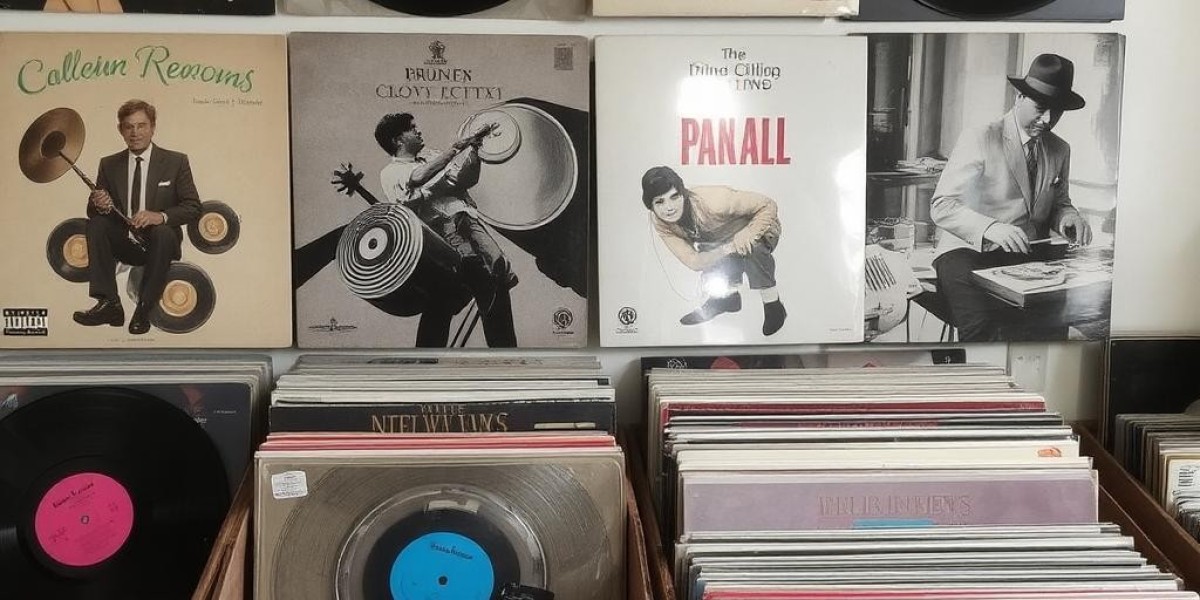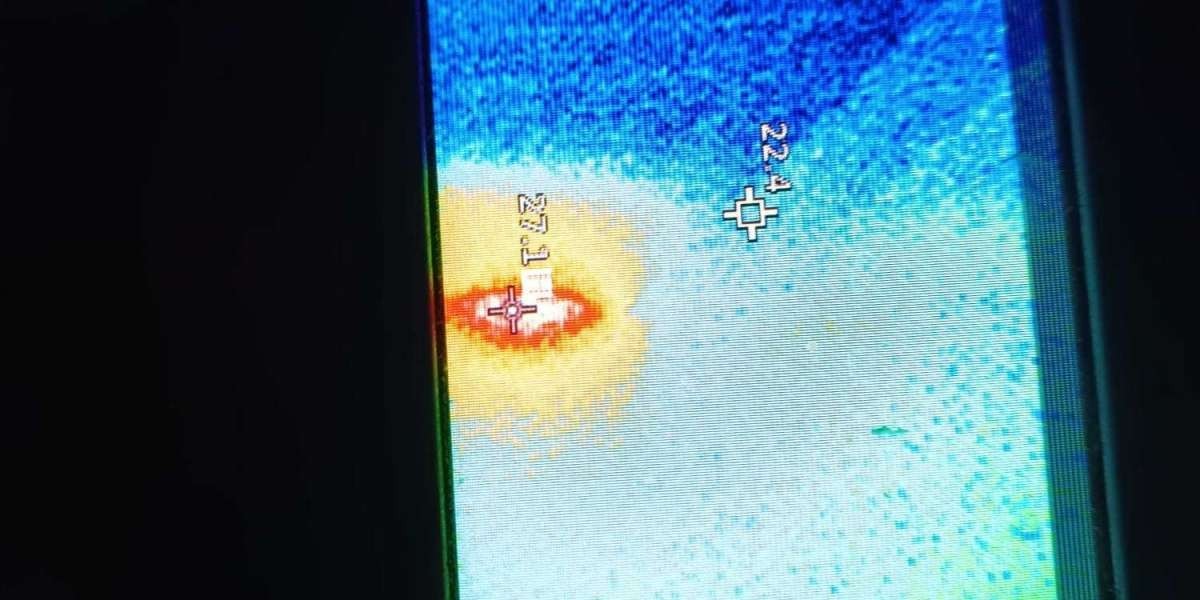To listen to a vintage Hindi vinyl record is to experience a distinct auditory sensation. The voice of Lata Mangeshkar feels present, almost tangible. The violins in a Shankar-Jaikishin composition swell with a silky texture, and the warmth of a Kishore Kumar melody seems to fill the room in a way that modern digital formats often do not. This characteristic "warmth and richness" is not mere nostalgia; it is the result of a fascinating confluence of technical, artistic, and physiological factors that create the unique vinyl sound.
At its core, the difference lies in the nature of the recording itself. Vinyl is an analog format. This means the music is stored as a physical, continuous wave carved into the grooves of the record. When a stylus traces these grooves, it recreates the original sound wave that was captured by the microphone in the studio. The music you hear is a direct, mechanical translation of that performance. In contrast, digital audio, such as an MP3 or stream, converts sound into a series of binary numbers—samples—taken at discrete intervals. While high-resolution digital is exceptionally accurate, the analog process of vinyl captures the entirety of the sound wave, including the subtle nuances and imperfections that give music its organic, human feel. This continuous signal is a fundamental source of vinyl's perceived richness.
The entire recording and production process of the Golden Era of Hindi music contributed to this sound. Studios of the 1950s, 60s, and 70s were acoustically designed live spaces. Orchestras, often featuring dozens of musicians, were recorded simultaneously onto analog tape machines. This tape saturation, a gentle form of distortion that occurs when recording to magnetic tape, adds a characteristic compression and harmonic richness. It gently glues the instruments together, smoothing out the edges and imparting a cohesive warmth that is often described as "musical." The entire signal chain, from the microphones to the mixing consoles, was analog, preserving a sonic character that is inherently different from the pristine, sometimes clinical, environment of a modern digital audio workstation.
The mastering process for vinyl also imposes specific physical limitations that shape the final sound. To prevent the stylus from skipping out of the groove, extreme low frequencies (like a powerful sub-bass) must be reduced and the stereo image must be carefully managed. This is done by rolling off the very bottom end and centering the bass frequencies. The result is a mix that is often clearer and less muddy than some modern productions, allowing the mid-range—where the human ear is most sensitive and where the magic of vocals, violins, and sitars resides—to shine through with remarkable presence and clarity. The music of that era was mixed with these limitations in mind, leading to arrangements that were inherently melodic and well-balanced for the format.
Furthermore, what we often perceive as "warmth" can include the very imperfections that analog purists cherish. The gentle background crackle and pop of a well-loved record, far from being a distraction for many listeners, becomes part of the performance. It is a sonic patina that signals history and authenticity. This noise floor, combined with the slight harmonic distortion introduced by the playback equipment, adds a layer of complexity to the sound. Our brains often interpret this gentle distortion as a pleasing, enriching effect, much like the grain in a classic photograph adds to its character. It is an imperfect perfection that digital silence lacks.
Finally, the ritual of listening itself alters our perception. Playing a vinyl record is an active, engaged process. You carefully select the album, remove it from its sleeve, clean it, and place it on the turntable. This ritual forces a slowdown, encouraging a focused listening session rather than background playback. This intentionality primes the listener to be more receptive, more emotionally open to the music. When you invest that level of attention, the music often rewards you by sounding deeper, more detailed, and more emotionally resonant.
The warm, rich sound of vintage Hindi vinyl is not a single ingredient but a recipe. It is the product of analog recording technology, the artistic constraints of the medium, the unique character of magnetic tape, and the psychological engagement of the listener. Bollywood Vinyl Records Classical Vinyl Records Devotional Vinyl Records Dialogue Vinyl Records Dj Remix Vinyl Records English Vinyl Records Film Hits Vinyl Records Ghazals Vinyl Records Instrumental Vinyl Records Non Filmi LP Records Punjabi Vinyl Records Rare Vinyl Records Online Vinyl Shop God Idols, Pooja Murti, Religious Statues, Handmade God Statues Chardham Hotels Online Chardham Hotels in Chardham







